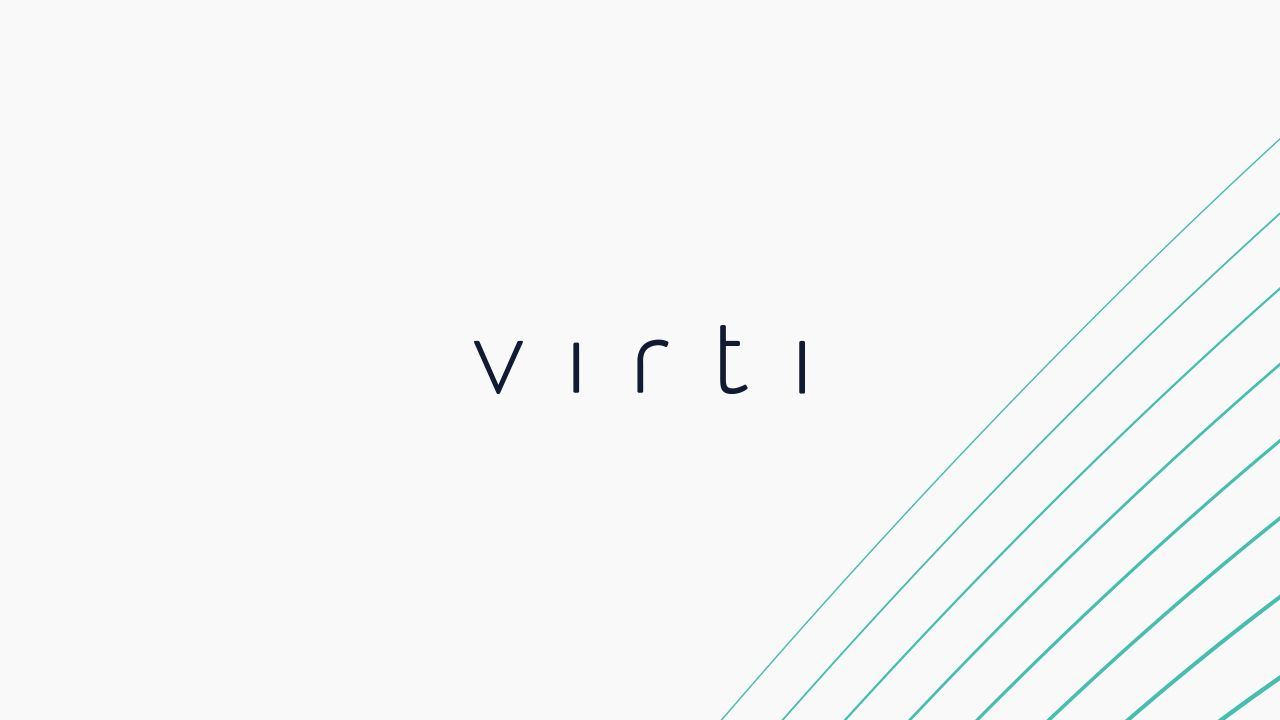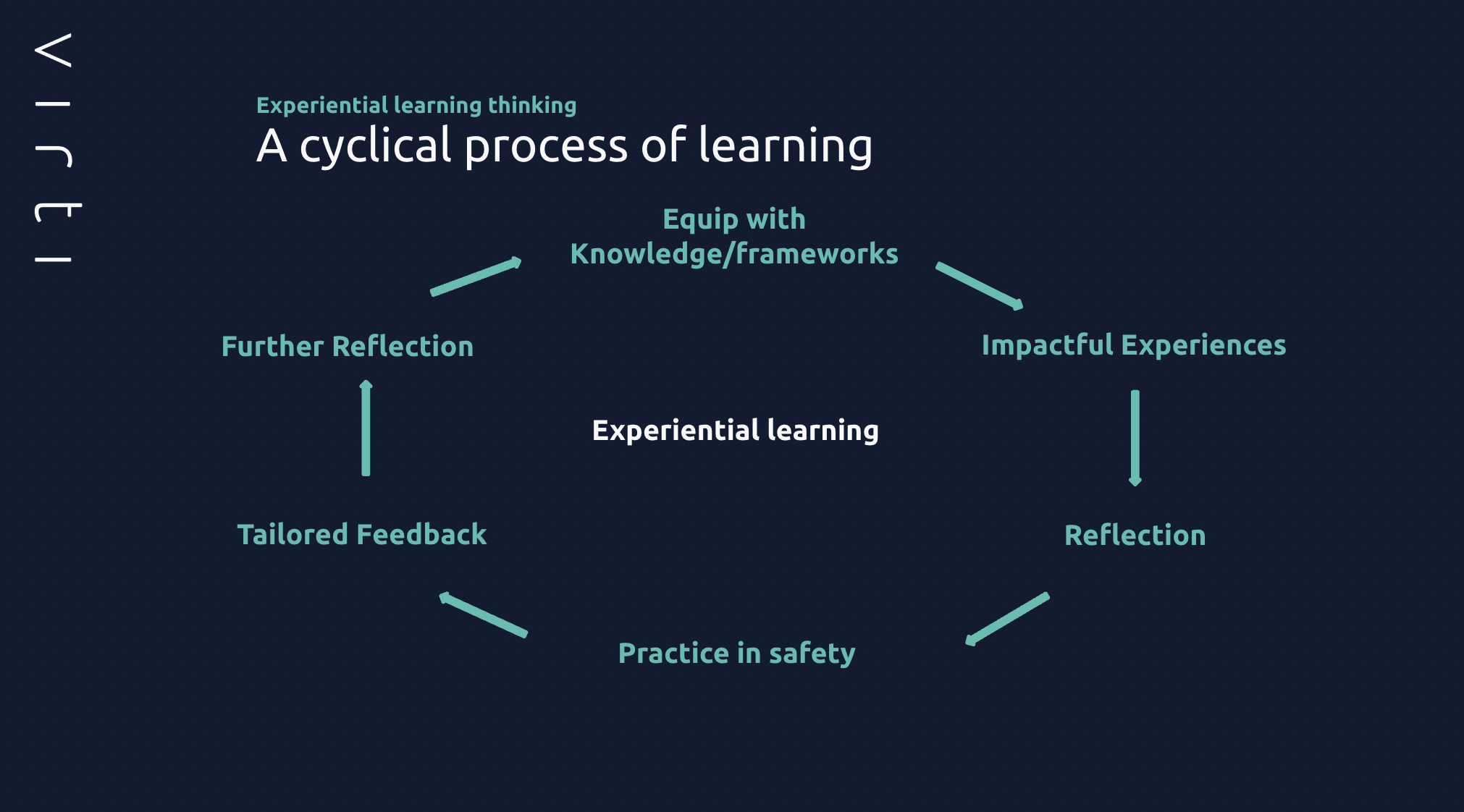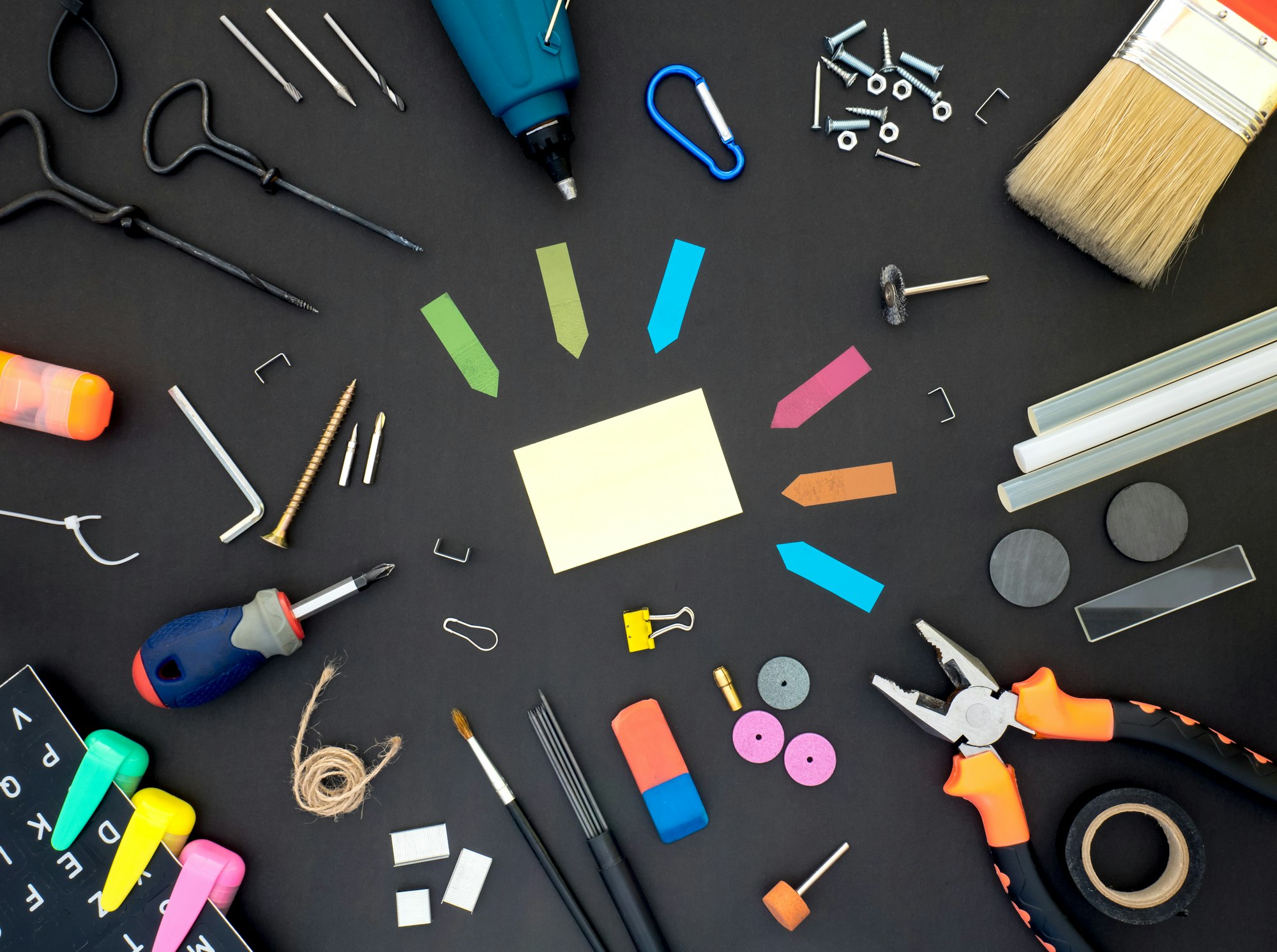5 steps to create a culture of continual development in your organization
The jobs market is hotter than ever, with 1.3m vacancies currently live in the UK and 11.4mn in the US. And, as competition for talent soars, employees are raising their expectations of what ‘good’ workplace training looks like - and how it should be delivered. Find out more!

The jobs market is hotter than ever, with 1.3m vacancies currently live in the UK and 11.4mn in the US. And, as competition for talent soars, employees are raising their expectations of what ‘good’ workplace training looks like - and how it should be delivered.
In this fast-moving market, companies must adapt to attract and retain talent. Nurturing a culture of continuous development is a great way to achieve this, by keeping people engaged whilst teaching valuable skills that will support them to excel in their roles.
These 5 steps are the perfect starting point for any organization looking to embed a healthy learning culture. Here’s where to begin.
Step One: Reflect on your existing processes
In order to create a continual development culture, there are a few areas to reflect on to ensure you’re creating a programme of learning that truly reflects the needs of your organization.
- Motivation. Everyone is motivated by different things. Intrinsic motivation is when people are happy to do something simply for the joy of doing it. Extrinsic motivation is when people are doing something for an external benefit: perhaps a pay rise, promotion or another type of reward. Dig into your peoples’ motivations to understand what they care about, what they’re motivated by and what skills they’re looking to develop.
- Infrastructure. Next, you need to ask some tough questions to examine the infrastructure already in place in your organization to help employees develop. Are employees given enough space to define how they want to develop? Do they have the opportunity to voice their goals? And is the way you’re currently delivering L&D getting the results and engagement you want? Be honest to work out where the gaps lie.
- Data and feedback. Finally, gather data intelligently and regularly to better understand the training needs of your team. Run regular surveys and polls and gather information at performance reviews so you can start to drill into the main concerns about development across your organization.
Step Two: Adopt an experiential learning mindset
Now that you understand what motivates your team, where there might be gaps in your L&D delivery and what your team is most keen to learn, it’s time to start designing some learning experiences that resonate with your people. This is where experiential learning comes in.
Experience is central to learning. When we were children, we learnt everything we knew through active participation and experimentation - and this is the mindset you need to return to now.
People learn best and grow over time through regular practice and exposure to increasingly complex challenges. Athletes don’t train once and become the best. They turn up to training and practice every single day.
For a culture of continual development to work, you need to be giving your people safe, reliable and repeatable experiential opportunities to learn new skills.

Virti is the only all-in-one platform that can optimise the entire remote learner's journey.
One of the first things you can do to implement a successful blended learning strategy, is to use a platform that makes digital training and capturing feedback easy.
Our award-winning learning platform empowers organisations like yours to create digital learning experiences that feel like real life.
Step Three: Embed a cyclical process of learning
To design engaging learning experiences that ensure your people are learning on an ongoing basis, the most effective approach is to implement a cyclical learning model that allows people to learn, reflect and repeat.
This is what a great cyclical learning process looks like.

- Knowledge. First, you need to equip your learners with knowledge of an initial idea. For example, unconscious bias.
- Experience. Next, they need to experience what it’s like to be in that situation. For example, through a meaningful experience of what it would be like to be on the receiving end of unconscious bias.
- Reflection. You then need to give people time and space to reflect on what it was like to be in that situation. How did it make them feel?
- Practice. Give your learners space to practice some of the knowledge they’ve gained from that experience and test the waters. For example, how to handle a particular situation without letting unconscious bias get in the way.
- Feedback. Share useful feedback with your learners about their performance in that safe, practical environment.
- Further reflection. Give people more space to reflect on what they’ve taken from that practical experience.
- Repeat. Repeat the cycle until the learning or behavior sticks.
Step Four: Gather the right tools
The final piece of the puzzle is ensuring you have the right tools in your organization to deliver great experiential learning experiences that will support a culture of continual learning.
You need a way to teach learners skills which encourages active participation.
You also need a way for learners to step into impactful and meaningful experiences - as this is what gets people invested in learning and drives an emotional response to an experience.
Finally, you need to be able to create a realistic environment where a) people can put their understanding to the test and b) the learning designer can measure performance to understand where people are succeeding or need support in the learning cycle.
In my experience, instructional (2D) video is the best way to teach frameworks and concepts.
To give learners the opportunity to step into the shoes of another person and get that realistic experience of a situation, you should look to environmental (360°) media such as VR/AR immersive video.
Finally, to give people the ability to practice skills time and again in a safe environment, you might look to AI where virtual humans can simulate real-world interactions so you can practice a particular idea or skill.
At Virti, we provide organizations with each of the above tools so they can embed an experiential learning cycle and create a culture of continual development.

Step Five: Adaptability, creativity and insights
There is no one-size-fits-all approach when it comes to creating a culture of continual development. Every organization is different and has different training needs. But implementing a cyclical experiential learning model that involves practice, reflection, feedback and repetition is a sure fire way to get people engaged and make important information stick.
It’s also important to understand that the most important insights will come from the people on your team that need the most support - not those who are performing best. In a development culture, you don’t just focus on your biggest successes. It’s the people who need the most help who will teach you the most about how you could improve your learning cycle.
Finally, don’t be afraid to get creative. You might want to create a tool for delivering feedback or setting up incentives to encourage learners to go through the cycle again and continue learning. You might want to get your people involved in greeting immersive training materials to engage them in the process even further. And avoid rigid, box-ticking training such as e-learning that lacks story, excitement, stakes and relatability. Think about the things that get us engaged with a series on TV - and try to recreate these elements in your learning experiences.


